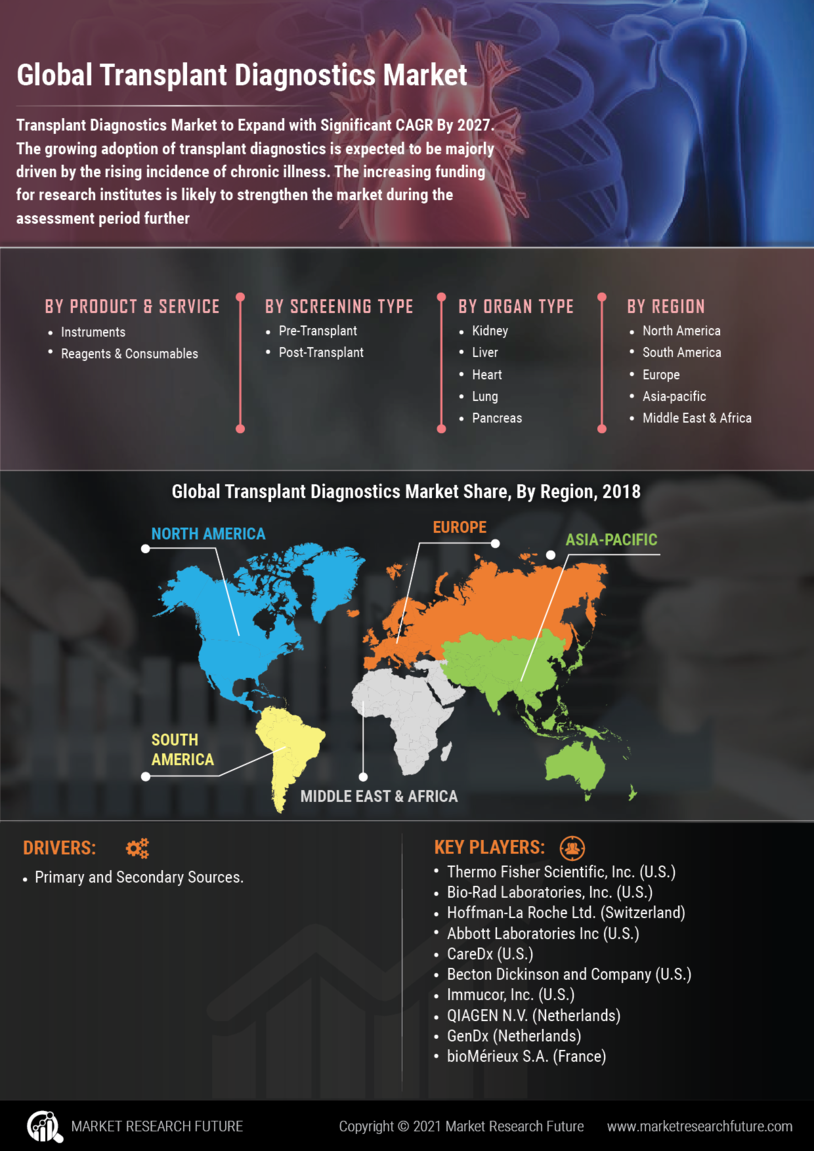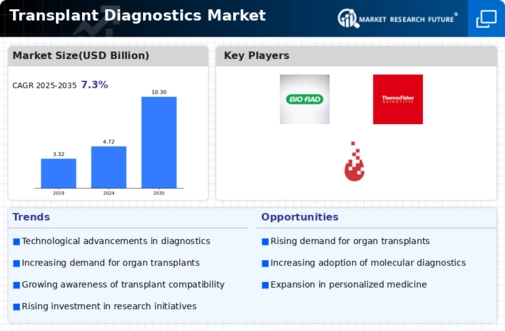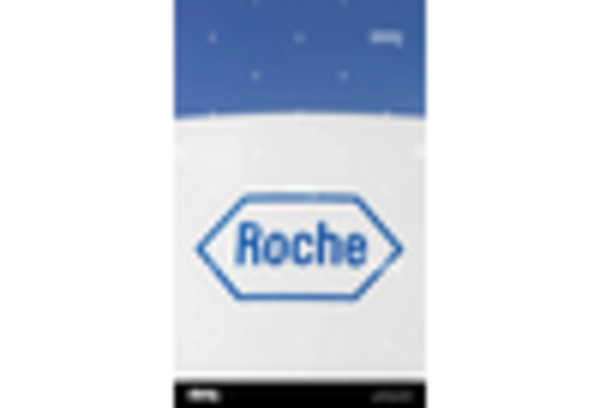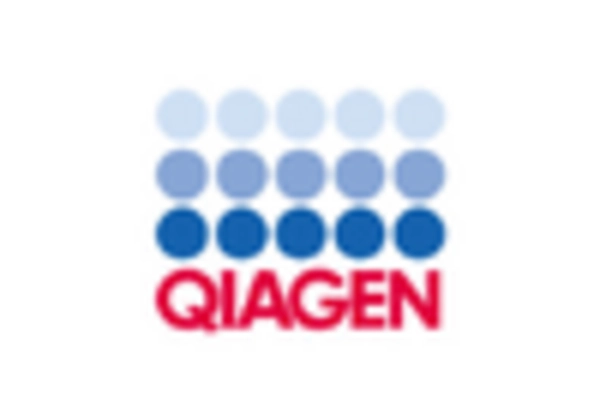By Region, the study provides market insights into North America, Europe, Asia-Pacific, and the Rest of the World. The North American Transplant Diagnostics market is expected to grow at a significant CAGR during the study period, accounting for USD 4.95 billion in 2021. North America is a well-established market for medical devices. The presence of a highly developed healthcare system, high adoption of innovative transplant diagnostic technologies among medical professionals, the large volume of organ transplantation procedures performed in the region, and technological advancements in the field of transplant diagnostics are the major factors driving the market in North America.
Further, the presence of many patients pool, who needs transplant treatment is helping to grow the market at a sustainable rate in this region.
Transplant Diagnostics market SHARE BY REGION 2021 
Moreover, the major countries covered in the market report include the United States, Germany, Canada, France, the United Kingdom, Italy, Spain, India, Japan, Australia, China, South Korea, and Brazil.
The European Transplant Diagnostics market is the world's second-largest. Major drivers include the high adoption of advanced techniques and diagnostic tools, higher healthcare expenditure, and availability of skilled professionals. The U.K. holds the largest market share owing to factors such as highly developed healthcare infrastructure and the availability of skilled professionals. Moreover, the high adoption of personalized medicines, stem cell therapies, and soft tissue transplants are augmenting the regional market growth.
Increase in awareness among people related to the importance of organ transplantation has been an ongoing trend in the European countries. This has resulted in increasing number of organ donations especially from living donors. Further, the UK market of Transplant Diagnostics held the largest market share, and the German market of Transplant Diagnostics was the fastest-growing market in the European region.
The Asia Pacific Transplant Diagnostics market is expected to grow at the fastest CAGR during the forecast period. This is due to the rising number of organ transplants, donors, and the government's support in developing the transplant diagnosis market in the region. The Asia Pacific comprises a large pool of patient population and developing advanced healthcare infrastructure.
A vast rise in the prevalence of several chronic diseases and the resultant rise in transplant procedures, coupled with the availability of vast untapped growth opportunities in this region will attract many companies in the upcoming years. Moreover, China’s market of Transplant Diagnostics held the largest market share, and the Indian market of Transplant Diagnostics was the fastest-growing market in Asia-Pacific.


















Leave a Comment